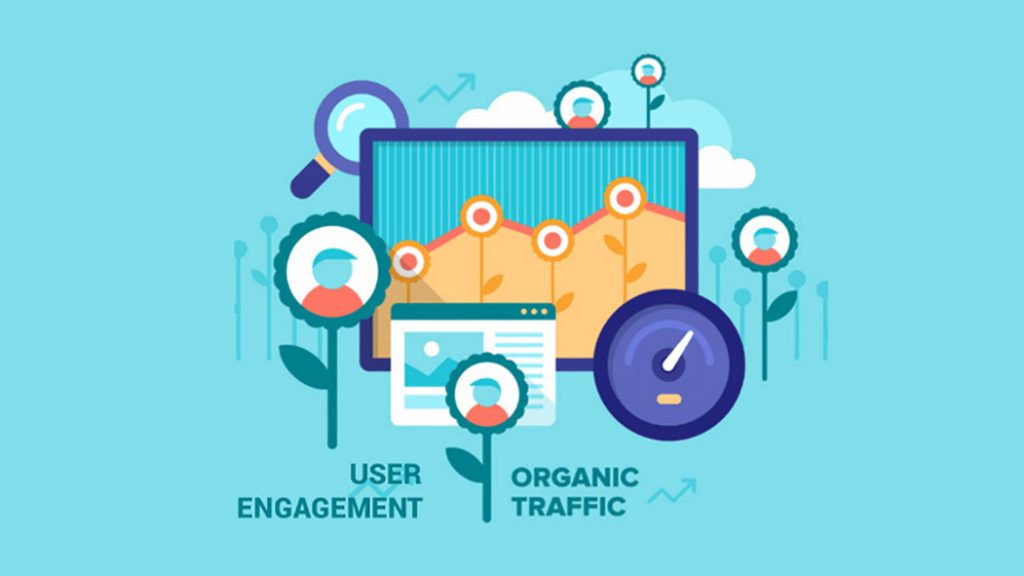User engagement is a crucial aspect of digital advertising, and understanding the underlying algorithms of Basic Attention Token can greatly enhance it. This article explores the benefit of BAT algorithms for user engagement, the future of BAT and user engagement. The future of crypto seems bright and investing now can be a good option. To get started, SyntroCoin can help!

Benefits of BAT’s Algorithms for User Engagement
BAT’s underlying algorithms offer several significant benefits for driving user engagement in the digital advertising ecosystem. These algorithms have been designed to enhance targeting and personalization, improve ad relevance and user experience, and foster transparency and trust between advertisers, users, and content creators.
One of the primary benefits of BAT’s algorithms is their ability to enhance targeting and personalization. By leveraging user browsing data and preferences, BAT’s algorithms can match ads with specific user interests, ensuring that the delivered ads are more relevant and engaging. This targeted approach not only increases the likelihood of user interaction but also reduces ad fatigue and annoyance.
Another notable benefit is the improvement in ad relevance and user experience. Through sophisticated ad matching and delivery algorithms, BAT ensures that users are presented with ads that align with their interests, making the advertising experience more enjoyable and less intrusive. By delivering ads that resonate with users, BAT’s algorithms contribute to a positive user experience and increase the chances of engagement.
Transparency and trust are crucial factors in the digital advertising ecosystem, and BAT’s algorithms address these concerns effectively. The algorithms ensure transparent reward distribution to both users and content creators, creating a fair and accountable system. Users are rewarded for their attention and engagement with BAT tokens, while content creators receive compensation based on the value they provide. This transparency fosters trust among all participants and encourages active participation in the ecosystem.
Moreover, BAT’s algorithms promote a more balanced and equitable advertising landscape. Traditional advertising models often favor larger advertisers with substantial budgets, leaving smaller advertisers and content creators at a disadvantage. However, BAT’s algorithms level the playing field by rewarding attention and engagement rather than simply relying on advertising spend. This approach allows smaller advertisers and content creators to compete based on the quality of their offerings, ultimately leading to a more diverse and vibrant advertising ecosystem.
The Future of BAT and User Engagement
The future of BAT and its impact on user engagement in the digital advertising landscape is both promising and exciting. As BAT continues to evolve, there are several key trends and developments that are shaping its future prospects and influencing the way advertisers engage with users.
One significant trend is the increasing demand for personalized and relevant advertising experiences. Users today expect advertisements that align with their interests and preferences, and BAT’s algorithms play a crucial role in delivering this level of personalization. As BAT’s algorithms become more sophisticated and efficient, advertisers will have greater opportunities to tailor their ad campaigns to individual users, resulting in higher levels of engagement and conversion.
Another important development is the growing emphasis on privacy and data protection. With increasing concerns over data privacy, users are becoming more cautious about sharing their personal information. BAT’s ecosystem addresses these concerns by enabling users to control their data and decide which information they want to share. This emphasis on privacy not only builds trust but also encourages users to actively engage with ads, knowing that their privacy is respected.
Furthermore, advancements in machine learning and artificial intelligence (AI) are likely to shape the future of BAT and user engagement. As AI technologies continue to evolve, BAT’s algorithms can become even more effective in understanding user behavior, preferences, and intent. This deeper understanding will enable advertisers to deliver highly targeted and relevant ads, maximizing user engagement and driving better campaign results.
Additionally, the integration of BAT into various digital platforms and browsers is expected to expand its reach and influence. As more users adopt BAT-enabled browsers and platforms, advertisers will have access to a larger audience pool, creating more opportunities for engagement. This integration also opens up possibilities for innovative ad formats and interactive experiences that can further enhance user engagement.
However, alongside these opportunities, challenges exist as well. Adapting to evolving regulations and ensuring compliance with privacy laws will be crucial for BAT’s future success. Advertisers will need to navigate the changing landscape of data privacy regulations while continuing to deliver personalized experiences that respect user privacy.
Conclusion
The personalized targeting, improved ad relevance, transparency, and emphasis on privacy offered by BAT’s algorithms contribute to a positive user experience. With trends such as personalization, AI advancements, and integration into digital platforms shaping its future, BAT is set to transform the digital advertising landscape and empower advertisers to connect with users in a more meaningful and effective way.




